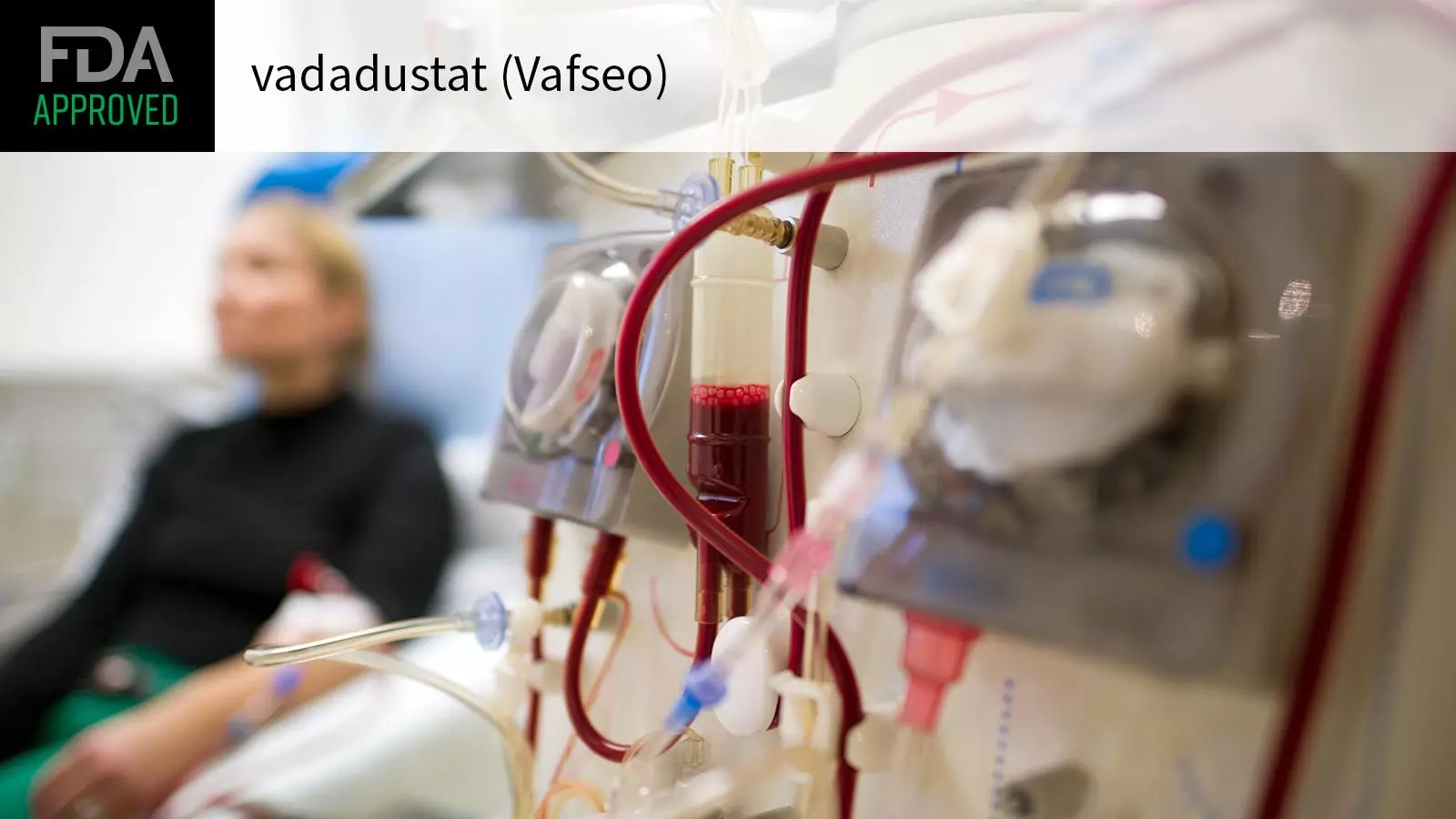The recent approval of vadadustat (Vafseo) by the FDA for chronic kidney disease (CKD)-related anemia in adults on dialysis marks a significant milestone in the treatment of this condition. This oral hypoxia-inducible factor prolyl hydroxylase (HIF-PH) inhibitor provides an additional therapeutic option for patients who have been on dialysis for at least 3 months. However, a closer examination of the data and safety profile of vadadustat raises some important questions and concerns.
The approval of vadadustat was based on data from the INNO2VATE program, which demonstrated noninferiority to darbepoetin alfa in maintaining hemoglobin levels. While the results showed promising efficacy, it is essential to note the emergence of a cardiovascular safety signal in non-dialysis-dependent CKD patients, similar to what was observed with daprodustat. This raises concerns about the overall safety profile of vadadustat, particularly in patients who are not on dialysis.
The most common adverse reactions observed in vadadustat-treated patients were hypertension and diarrhea. These side effects occurred in at least 10% of patients and raise questions about the tolerability of the drug. Additionally, the drug’s label includes a boxed warning about an increased risk of death, myocardial infarction, stroke, venous thromboembolism, and thrombosis of vascular access. Other warnings on the label include the risk for hepatotoxicity, hypertension, seizures, gastrointestinal erosion, and malignancy. These safety concerns highlight the need for close monitoring and careful consideration when prescribing vadadustat.
Vadadustat’s label also provides specific instructions about potential drug interactions with iron supplements, iron- and non-iron-containing phosphate binders, statins, and breast cancer resistance protein (BCRP) substrates. This underscores the importance of evaluating potential drug interactions and considering the overall medication regimen of patients before prescribing vadadustat. Furthermore, the drug should not be used in patients with uncontrolled hypertension or as a substitute for red blood cell transfusions in patients who require immediate correction of anemia. These considerations are crucial for ensuring the safe and effective use of vadadustat in clinical practice.
The approval of vadadustat for CKD-related anemia represents a significant advancement in the treatment of this condition. However, a critical analysis of the data and safety profile of vadadustat reveals important considerations and concerns that should be taken into account when prescribing this drug. Close monitoring for adverse reactions, evaluating potential drug interactions, and considering the individual patient’s clinical profile are essential steps to ensuring the safe and effective use of vadadustat in clinical practice. Further research and monitoring are needed to determine the long-term safety and efficacy of vadadustat in real-world settings.


Leave a Reply